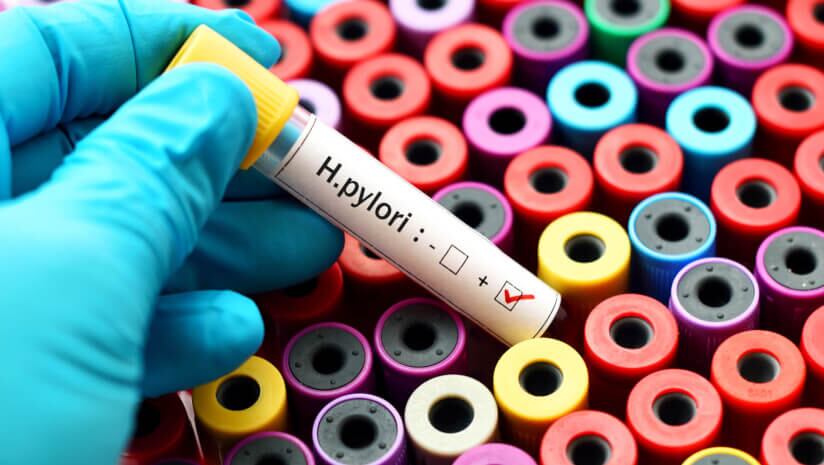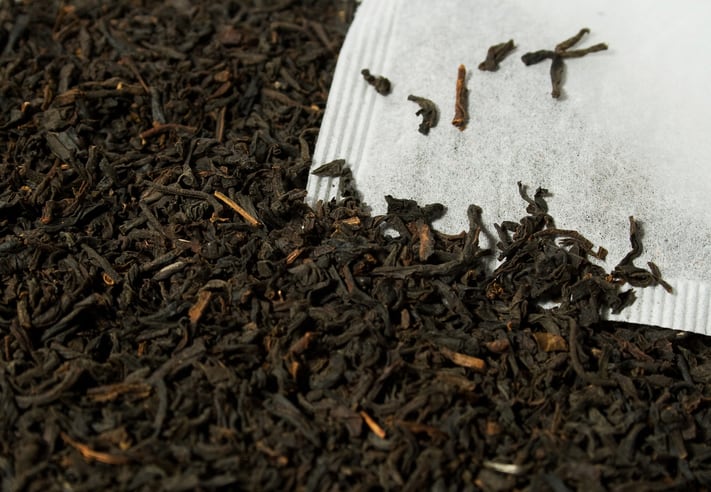BV remains a persistent challenge for women’s health worldwide. Affecting between 23% and 29% of women of reproductive age, this condition not only impacts quality of life but also leads to serious reproductive and health complications.
Traditional antibiotic treatments have shown limited long-term effectiveness, with nearly half of all cases relapsing within a year.
As antibiotic resistance grows and treatment failures increase, probiotics have emerged as a promising alternative.
L. rhamnosus TOM 22.8 most effective in clinical trials
After analysing 16 randomised controlled trials (RCTs) conducted between 2014 and 2024, the researchers identified Lactobacillus rhamnosus TOM 22.8 as the standout strain for BV treatment.
Administered at a dose of 10 billion CFUs (colony-forming units) per day for 10 days, this strain significantly improved vaginal health indicators.
The strain not only reduced harmful bacteria but also restored healthy vaginal pH and beneficial microbiota.
Clinical symptoms such as unusual discharge, itching, and discomfort improved within the 10-day treatment period, and recurrence rates dropped dramatically.
Alternative strains promising but require personalised approaches
While TOM 22.8 delivered the most consistent results, other strains also demonstrated therapeutic potential.
These included Lactobacillus crispatus (known for producing lactic acid and hydrogen peroxide that inhibit harmful bacteria, Lactobacillus plantarum (which helps strengthen the vaginal barrier and modulate immune responses, and Lactobacillus acidophilus (contributes to pH balance and healthy vaginal flora).
Dosages varied between 100 million to over five billion CFUs per day, with treatment durations ranging from six days to four months.
However, the researchers stressed that treatment should be personalised based on the patient’s age, disease severity, and lifestyle factors, such as smoking and hygiene practices.
High-dose probiotics deliver better outcomesThe study found that higher probiotic doses generally produced better results.
For instance, doses of 10 billion CFUs and above led to faster symptom relief and longer-lasting protection against recurrence.
Medium-dose treatments of around five billion CFUs were also effective but sometimes required longer treatment durations.
Lower doses showed mixed results and were less effective for severe cases of BV.
However, some success was seen in preventative applications, particularly in women undergoing fertility treatments, where BV can impact pregnancy rates.
Oral versus vaginal administration
Probiotics can be delivered orally, or directly to the vaginal area.
While both methods proved effective, oral administration was generally preferred by patients due to ease of use.
Oral probiotics also offered added digestive health benefits.
Oral probiotics work by colonising the gut first, and then reaching the vaginal area indirectly.
This route supports both gastrointestinal and vaginal health, making it a practical long-term solution.
However, for faster symptom relief or in severe cases, vaginal suppositories provided quicker results by delivering probiotics directly to the affected area.
Probiotics reduce recurrence and improve long-term vaginal health
One of the biggest challenges with BV is its high recurrence rate.
Conventional antibiotic treatments often fail to prevent future infections.
The review found that probiotic therapies not only treated current infections but also significantly reduced the likelihood of recurrence.
In one clinical trial, women taking probiotics had an 18% recurrence rate compared to 32% in the placebo group.
Another study showed complete symptom resolution in women treated with probiotics, with effects lasting up to three months post-treatment.
Side effects remain mild and manageable
Probiotic treatments were generally well-tolerated.
The most common side effects included mild gastrointestinal discomfort such as bloating, gas, and stomach cramps.
Some women also experienced temporary vaginal irritation when using suppositories.
Importantly, no serious side effects or treatment discontinuations were reported.
Certain probiotic strains, including L. rhamnosus TOM 22.8, showed no adverse effects at all, making them ideal candidates for both treatment and prevention.
Researchers call for larger, standardised trial
Despite these promising findings, the researchers emphasised the need for larger, better-designed clinical trials to validate results.
Most studies reviewed had small sample sizes and used varying methodologies, making direct comparisons difficult.
They noted a clear need for standardised research to establish the most effective strains, doses, and treatment durations.
They also recommended that future studies examine long-term safety and effectiveness in diverse populations.
The researchers concluded: “This study highlights the efficacy and safety of L. rhamnosus TOM 22.8 (10×109 CFU per day for 10 days) in managing bacterial vaginosis, with L. crispatus, L. plantarum and L. acidophilus also showing therapeutic potential.
Probiotics help alleviate symptoms, reduce recurrence, and support vaginal health through antimicrobial production, pH modulation, and immune regulation.
“Despite certain limitations, current evidence supports their use as adjunctive or alternative therapy. Further research is needed to refine strain selection, optimize dosing, and assess long-term efficacy, particularly in diverse populations.”
Source: National Center for Biotechnology Information
“Effective probiotic regimens for bacterial vaginosis treatment and recurrence prevention: A systematic review”
https://doi.org/10.52225/narra.v5i1.1671
Authors: Udjianto Udjianto, et al.




